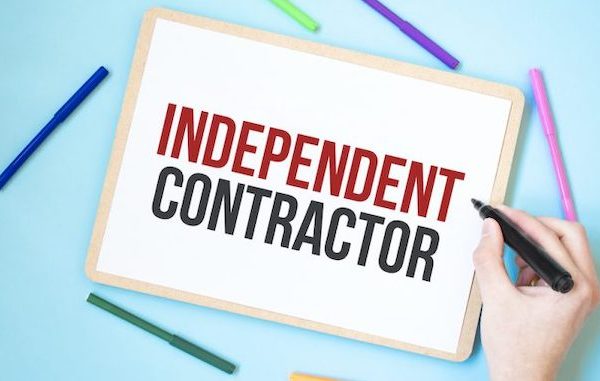It may be tempting to classify an employee as an independent contractor because of the cost savings, but please don’t! There are strict rules surrounding the proper classification of a worker and steep penalties for failure to apply the law correctly.
Some businesses misclassify an estimated 10 to 60 percent of their workers as independent contractors, and nearly 30 percent of firms misclassify contractors.
If you answer “yes” to any of the following questions, you’re likely hiring a W-2 employee, and not a 1099 independent contractor:
- Will the work be performed on company premises?
- Will the individual work only for you?
- Will you provide tools and training for your worker?
- Do you control the hours the person works?
For employees, you need to withhold taxes, pay payroll taxes and file Form W-2. This form is used to report wages and is filed with the employee and the Social Security Administration.
For independent contractors, such as attorneys and accountants, no withholding is required, but you need to provide the contractor and IRS with Form 1099-miscellaneous. This form is required when you make payments of $600 or more for services performed.
There are convenient electronic services, such as Intuit’s® 1099 e-file, that pre-fill your information and enable you to email or print forms for your contractors. This will avoid running to the office supply store to buy them.
Refer to this infographic to help you distinguish between the two.











